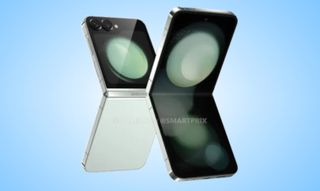Phones
Explore Phones
Latest about Phones

Android phones are getting a powerful parental control upgrade
By Alan Martin published
Google appears to be planning on introducing a way of requiring parental consent before a child can message someone.
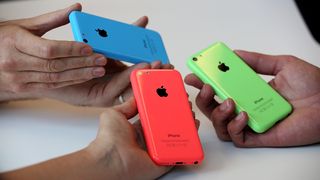
The iPhone 16 needs to copy the best thing about Apple's least popular iPhone model of all time
By Philip Michaels published
The iPhone 5c may not have been a popular model, but the way it showcased vibrant colors has been noticeably missing from recent iPhone releases. Apple should change that with the iPhone 16.
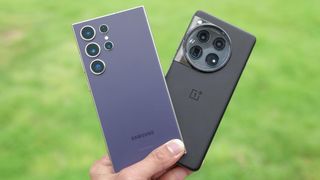
I took 200 photos with the Galaxy S24 Ultra vs OnePlus 12 — here's the winner
By John Velasco published
Here's what happened after the latest software updates
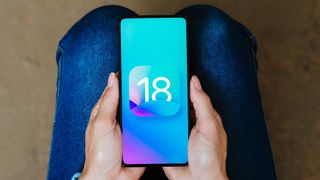
iOS 18 Notes app tipped for two major upgrades — what's coming to your iPhone
By Richard Priday last updated
Voice recording and Math Notes could be two key things that iOS 18 adds to your iPhone's Notes app when the update arrives later this year.
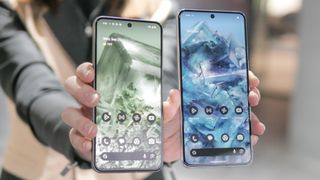
New Google Pixel 9 Pro leak just revealed major design changes
By Scott Younker published
The latest leaked images of the Google Pixel 9 Pro show a smaller device with some interesting cosmetic changes.
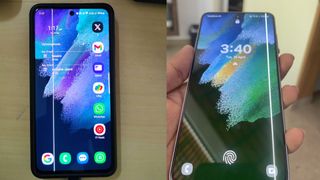
Some Samsung phones are showing green lines on the display — what you need to know
By Josh Render last updated
Several users have taken to X to report that their Galaxy phones have developed a display fault after downloading the latest update.
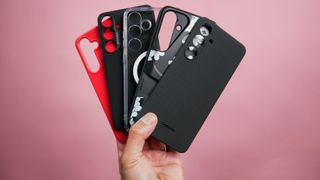
Best Samsung Galaxy S24 Plus cases in 2024
By Michael Bizzaco last updated
Don't let your Galaxy S24 Plus case go unprotected. Pick up one of the Samsung Galaxy S24 Plus cases right now.
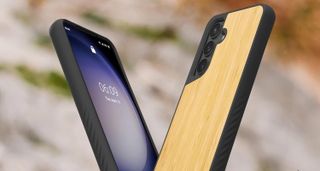
Best Samsung Galaxy S24 cases in 2024
By Emily Long last updated
You’re going to want a case to go with your new Galaxy S24 — but which case? Our look at the best Samsung Galaxy S24 cases can help protect your new phone.
Sign up to get the BEST of Tom’s Guide direct to your inbox.
Upgrade your life with a daily dose of the biggest tech news, lifestyle hacks and our curated analysis. Be the first to know about cutting-edge gadgets and the hottest deals.

